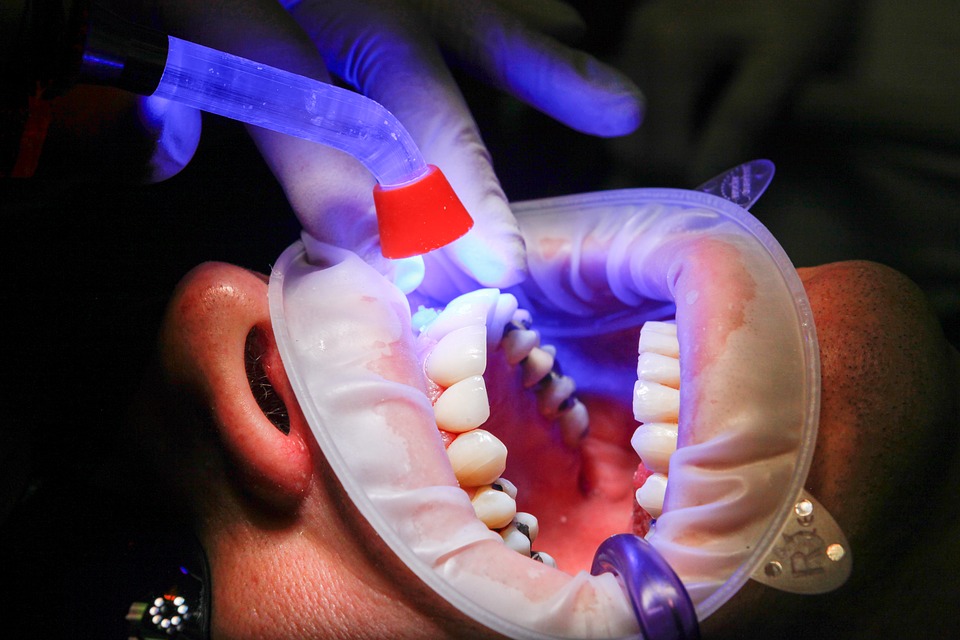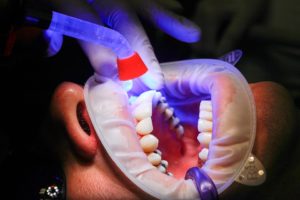How to Get Rid of a Dying Nerve in a Tooth and What are Its Symptoms?
Our teeth are very important to our overall health and even a small amount of decay and pain can cause distress, especially when you don’t know where it’s coming from. It’s sometimes easy to spot cavities and other dental problems, but a dead tooth is not easy to detect, especially in its early stages. In this case, it is best that you see your dentist before the problem gets worse.
Defining a Dead Tooth
The tooth is made up of three layers: enamel, dentin, and pulp. In order to stay viable, the tooth should have a continuous blood supply to the pulp, which is the innermost part of the tooth that’s made up of blood vessels and nerves. If the blood supply is cut off, the tooth will die because of a lack of oxygen and nutrients. This condition is called a necrotic or non-vital tooth. When left untreated, it can be infected, abscessed, and eventually fall out.
Causes of a Dead Tooth
- Tooth decay. A lack of consistent oral hygiene habits can lead to cavities, giving bacteria access to the pulp’s soft tissue. This leads to infection and eventually the tooth’s death. Healthy tooth pulp can fight off bacteria, but having inflammation for an extended period of time can make the tooth necrotic.
- Tooth trauma. Physical injury to the tooth can happen for many reasons like participating in a contact sport or a fall that injured the face or mouth. If not immediately addressed, blood flow to the tooth can stop, causing its death.
Symptoms of a Dead Tooth
- The first indicator of a dead tooth is mostly discomfort in and around it. Pain can range from mildly irritating to downright excruciating. The pain is caused by the swelling inside the tooth that places pressure on the sensitive nerves around the tooth base.
- A dead or dying tooth changes its color because of the lack of blood supply, similar to how a bruise forms. As it dies, the tooth can turn to different colors, going from yellow to gray to black.
As the infection progresses and the tooth forms an abscess, you can encounter additional symptoms like swelling in the affected area, inflamed sore on the gums, bad taste in the mouth, and bad smell coming from the mouth.
Treatments for a Dead Tooth
- Early treatment can save the tooth. If it’s beyond saving, however, it will have to be extracted to prevent the spread of infection. Tooth extractions are standard procedure and can quickly be performed with little discomfort. Once the tooth is removed, it can be replaced with a dental implant.
- Root canal. This procedure involves deep cleaning the inside of a tooth to remove infected tissue. A root canal will kill the affected tooth, but it will still be useful as long as it’s not broken. But because they have a tendency to be brittle, a dental crown is applied to add strength and support.
Good oral hygiene is important in keeping your teeth healthy and strong. With daily brushing and flossing, you can keep food particles from getting in your gum line and causing decay. It also helps to consume food with various vitamins and minerals, so a diet of fruits and vegetables will greatly help.






 |
|